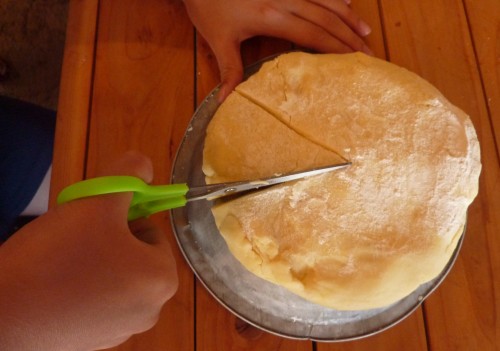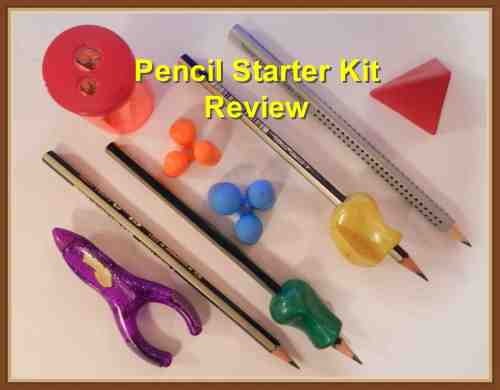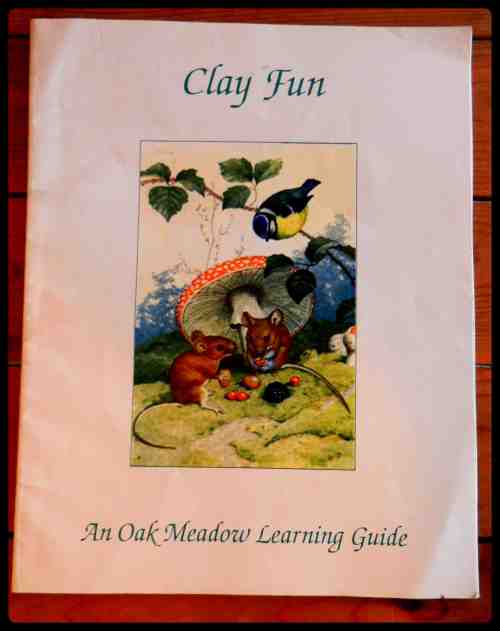Are you homeschooling high school, or thinking about it for next year? Homeschooling high school is really not so hard.
Looking back, I pulled together some planning resources for the high school years, for Credits, Curriculum, and Transcripts.....
First of all, let's talk about high school credits.
1. Assigning High School Credit
1. Assigning High School Credit
 |
It is not that hard to assign high school credit. Have you heard about the 3 simple ways to assign high school credit to your teen?
There are:..................1. the Textbook method
2. the Hours method
3. the Mastery method
My book below explains each of them.
All of the work that your teen does can earn high school credit, including:
- internships
- core studies
- electives
- volunteering
- paid part time work
- courses you make yourself
- and much more!
We did a lot of different kinds of learning, and all of it counted.
Now let's talk homeschool high school curriculum.....
Now let's talk homeschool high school curriculum.....
2. Curriculum Search Resources

First, we started with our favorites from middle school.
I wanted to keep whatever was working best for my daughter.
My daughter was a big part of this process. Together, we searched the internet, our favorite blogs and homeschool catalogs, and talked with our homeschooling friends, to find new ideas.
Here are my favorite resources for your search:
------ Homeschool High School CURRICULUM DIRECTORYput together by homeschool moms in Indiana.
This curriculum directory was compiled by the Indiana Association of Homeschool Educators. And it includes links, too! These are not just for homeschools in Indiana. They did a comprehensive job.
------ THE CURRICULUM CHOICE

This site is full of curriculum reviews, written by a team of authors who have used the curriculum at home with their families.
There are reviews of curriculum such as Tapestry of Grace, IEW for literature and writing, Charlotte Mason options, and tons and tons of many more reviews, too.
What did we use for high school curriculum?
At BJ's Homeschool, we used a combination of faith based and secular resources.
At BJ's Homeschool, we used a combination of faith based and secular resources.
My book on homeschooling high school has more information on our curriculum, plus others we considered but didn't decide to use.
It also talks about how to meet those college entrance requirements and core studies.
But what exactly are high school core studies.....
But what exactly are high school core studies.....
3. High School Core Studies

What your choose for core studies is most often up to the individual homeschool family.
Most states do not list what is required for a homeschool diploma.
If you are unsure of this, just check with your local homeschool organization.
Now that you have resources for finding your curriculum, and you understand what core studies are. You are ready to search for your own high school curricula.
But before we ordered anything, we spent time talking about my teen's special interests.

Core studies are just the basic high school courses, in math, english, social studies, and science.
Most states do not list what is required for a homeschool diploma.
If you are unsure of this, just check with your local homeschool organization.
Now that you have resources for finding your curriculum, and you understand what core studies are. You are ready to search for your own high school curricula.
But before we ordered anything, we spent time talking about my teen's special interests.
These influenced our choices for core studies and also became her high school electives!
4. High School Electives
What is your teen passionate about? How do they spend their time, when they have free time? What are their gifts?
What is your teen passionate about? How do they spend their time, when they have free time? What are their gifts?
My daughter wanted to learn about film making.
So we did some video making that one of her homemade electives. She learned how to make her own videos, and entered them in various contests.
The beauty of homeschooling high school is that you get to build and nurture your teen's interests and help them to discover their strengths.
The beauty of homeschooling high school is that you get to build and nurture your teen's interests and help them to discover their strengths.
Now that we finished talking about curriculum, core studies and electives, let's talk transcripts...
5. Making your High School Transcripts
Compiling your transcripts doesn't have to be that hard!
If you would like a little help to put them together, just click on the word, transcripts above. It's a simple step by step guide for making those transcripts.
If you would like a little help to put them together, just click on the word, transcripts above. It's a simple step by step guide for making those transcripts.
My book and e/book below also has a sample transcript for you, plus directions as to how to fill it out.
High School was my favorite time, of all of our homeschooling years. Watching my daughter blossom and grow, during the teen years....That was priceless!
High School was my favorite time, of all of our homeschooling years. Watching my daughter blossom and grow, during the teen years....That was priceless!
After helping my homeschooled high schooler get into each of the colleges she applied to, I wrote this frugal guide:
But what do homeschool moms think of it?
Thanks for stopping by BJ's Homeschool,
Betsy
Betsy is mom to her now college grad, whom she homeschooled through high school. She blogs at BJ's Homeschool, about the early years, highschool,
college, gifted/2e and wrote -Homeschooling High School with College in Mind, 2nd Edition, She offers homeschool help through messages at BJ's Consulting, and has had some of her articles picked up by the Huffington Post.
college, gifted/2e and wrote -Homeschooling High School with College in Mind, 2nd Edition, She offers homeschool help through messages at BJ's Consulting, and has had some of her articles picked up by the Huffington Post.
Want to stay in touch?
Copyright, all rights reserved
@ BJ's Homeschool 2025


























